There are a lot of things to do on Zanzibar island, I know because I have been there ;-).
I went scuba diving myself, visited Stone Town, and drank coconut milk straight from the coconut on a gorgeous beach, but if you stay longer, there is so much more to do and see on this tropical African island, and that’s exactly what I did!
If you’re after a typical top-10 list, this isn’t it. If you’re curious about small moments, community-run places, and finding a more local rhythm, read on.
This article has affiliate links, with no extra charges for you.
But first, where is the Zanzibar Island Archipelago located?
Zanzibar island has a total surface area of 1658 km², and about 800,000 people live there.
The island is located near the east coast of Africa in the Indian Ocean. it is about 40 km from the coast of Tanzania, and it consists of several islands.
The largest islands are Unguja and Pemba and the smaller islands include Mafia, Latham, Hadimu, and Tumbatu.
You can reach Zanzibar either by plane or ferry. Flying is quick and easy, with regular connections from Dar es Salaam and other cities. The ferry from Dar is cheaper and scenic, but fair warning—I got seasick on the ride over (and I don’t get that very often to be honest). So, if you’re prone to motion sickness, the plane might be a better choice.
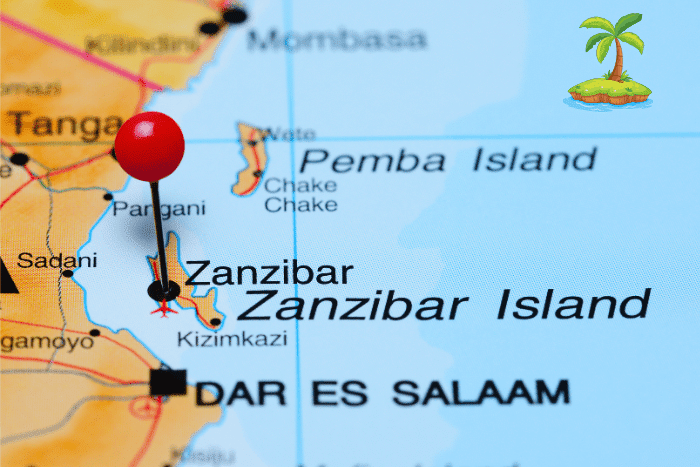
Wandering Stone Town Early in the Morning
If you’re staying in Stone Town, I really recommend choosing a small boutique hotel tucked into one of the historic alleyways. There’s something special about waking up in a place with carved wooden doors, echoing tile floors, and the faint smell of spices drifting in from the street below.
Stone Town gets busy fast. But if you walk its narrow alleys around 6 or 7 a.m., you’ll find the city in a completely different mood. I remember passing sleepy shopkeepers rolling open metal doors, the smell of fresh chapati on the grill, and kids in school uniforms racing down the alleyways. It felt calm and local, without the tourist buzz.
I’d recommend skipping the big guided tours and doing your own exploring, maybe after a quick orientation walk with a local. You’ll stumble across fruit stalls, crumbling buildings full of character, and little cafés with Swahili coffee that’s more cinnamon than caffeine.
Sharing a Coconut in Kizimkazi Village
Kizimkazi, on the southern tip of the island, is best known for dolphin tours—but that’s not why I went. I ended up there by accident and stayed for the people. One afternoon, I was offered a fresh coconut by someone who’d just climbed the tree to get it. We sat under the shade, cracked it open, and just chatted.
That’s what made Kizimkazi so memorable. It wasn’t about the itinerary; it was about moments. If you want to do a dolphin trip, try to go early and with a local guide in a small boat. But honestly? Just spending time in the village was more interesting, and you might even get invited by the locals to go fishing with them and actually see the dolphins on your own!
There are just a handful of quiet places to stay in Kizimkazi..
Escaping to Prison Island Without the Rush
Most people treat Prison Island (Changuu) like a quick box to check, hop over, snap a pic with a tortoise, and head back. But I’d recommend doing the opposite. Go in the late morning or afternoon when the tour groups have cleared out. Walk the island slowly. The ruins are eerie and quiet. The giant tortoises are surprisingly gentle. And the shallow waters around the island are perfect for a quiet swim.
It’s close to Stone Town, but feels miles away when you take your time and stay away from at tourists’ hours.
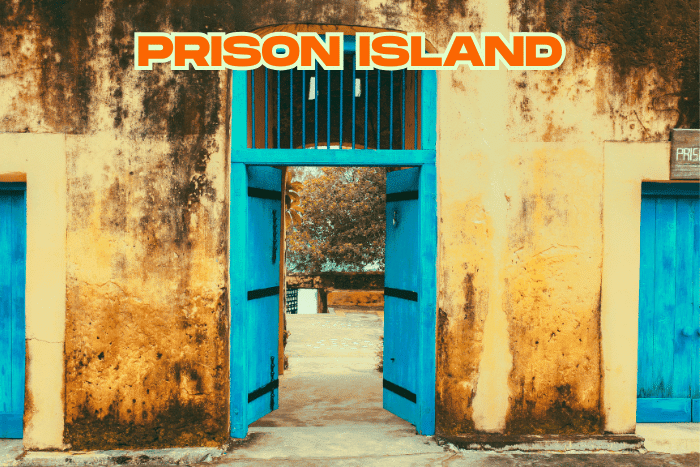
You’ll find half-day Prison Island tours on Tripadvisor if you want to join a group
Snorkeling in Menai Bay and Wandering Through Uzi Island
The Menai Bay Conservation Area is where I had one of my favorite swims in Zanzibar. We took a dhow boat out to the coral reefs, snorkeled in clear blue water, and then had grilled fish on a sandbank that disappears with the tide. Sounds like a postcard—but it really was that good.
After that, we asked to visit Uzi Island, which you can only reach at low tide. It’s the kind of place where kids wave from doorways, and chickens dart across the path. Uzi doesn’t cater to tourists, and that’s exactly why it’s worth seeing.
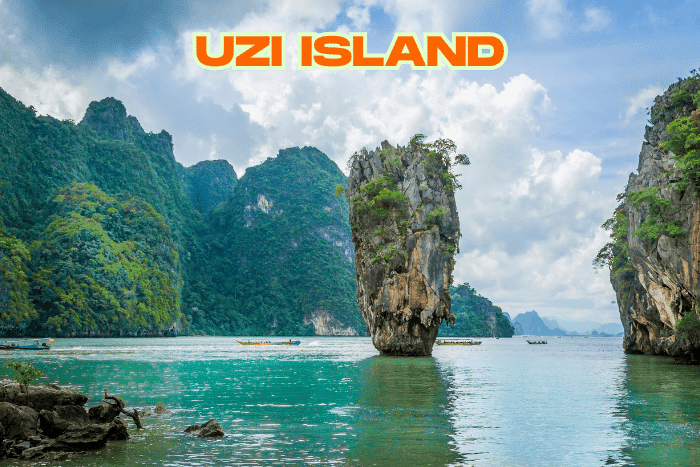
You can book a local snorkel tour or Blue Safari through TripAdvisor.
Floating Above the Reefs at Tumbatu Island
Tumbatu is often left off the map, partly because it’s not easy to visit without local permission. You can snorkel or dive around it, though—and it’s absolutely worth it. I joined a small diving trip, and we barely saw another boat. The coral looked healthier here than in some of the more popular sites, and the water was calm and shallow enough to really enjoy the views.
This area has a deep history, too. If you ever do get the chance to actually visit the island (rare, but possible), you’ll hear stories of Shirazi ancestry, sacred traditions, and a community that has its own rhythms and rules.
Watching Seaweed Farming at Paje and Jambiani
East coast beaches like Paje and Jambiani are still relaxed compared to the north, but what struck me most wasn’t the beaches, it was the women farming seaweed just offshore. At low tide, you’ll see them wading through shallow water in colorful wraps, tending lines of seaweed like underwater gardens.
In Jambiani, you can visit local women’s cooperatives where they explain how the seaweed is harvested, dried, and used in products like soap. You can even try your hand at weaving or preparing a meal. It’s simple, honest work, and more interesting than any beach bar. But that’s my opinion 🙂
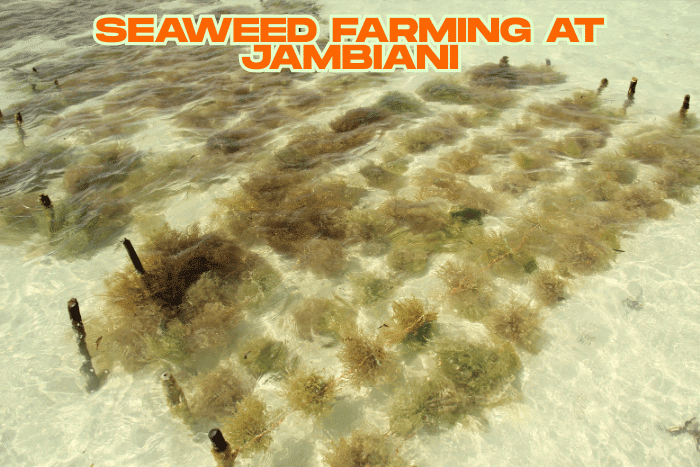
Swimming in Kuza Cave
This was a quiet surprise. Just off the road near Jambiani, Kuza Cave is a freshwater pool tucked into a limestone cave. The water is cool, insanely clear, and surrounded by vines and rock. It felt like a secret. I went early and had the whole place to myself.
There’s also a cultural center next to the cave, where you can learn drumming or take a cooking class, but just floating in that still blue water was enough for me.
Cooking with Spices on a Community Farm
Zanzibar’s spice farms are popular, but a lot of them feel a bit rushed or staged. I found a smaller, community-run farm inland that felt different. We walked through neat rows of vanilla, cinnamon, and cardamom, sniffing leaves and tasting everything as we went.
At the end, we cooked lunch together—pilau rice, coconut curry, and grilled plantains—on open fires. It was one of the best meals I had on the island. The people were generous with their time and stories, and I left with a small bag of spices and a big smile.
Some of the best-reviewed spice tours and cooking classes are also listed on Tripadvisor.
Joining a Cultural Visit in Nungwi or Chukwani
If you’re staying near Nungwi (up north), step away from the hotels and explore the fishing village itself. I joined a short tour where we visited a local school, saw traditional dhow boats being built, and talked with the craftspeople. You don’t need a big schedule—just curiosity.
In Chukwani, closer to Zanzibar City, I had the chance to cook with a group of women who showed me how to grind spices and fry mandazi (like fluffy Swahili donuts). It wasn’t “packaged” as an experience—it was just…life. But that’s what made it special.
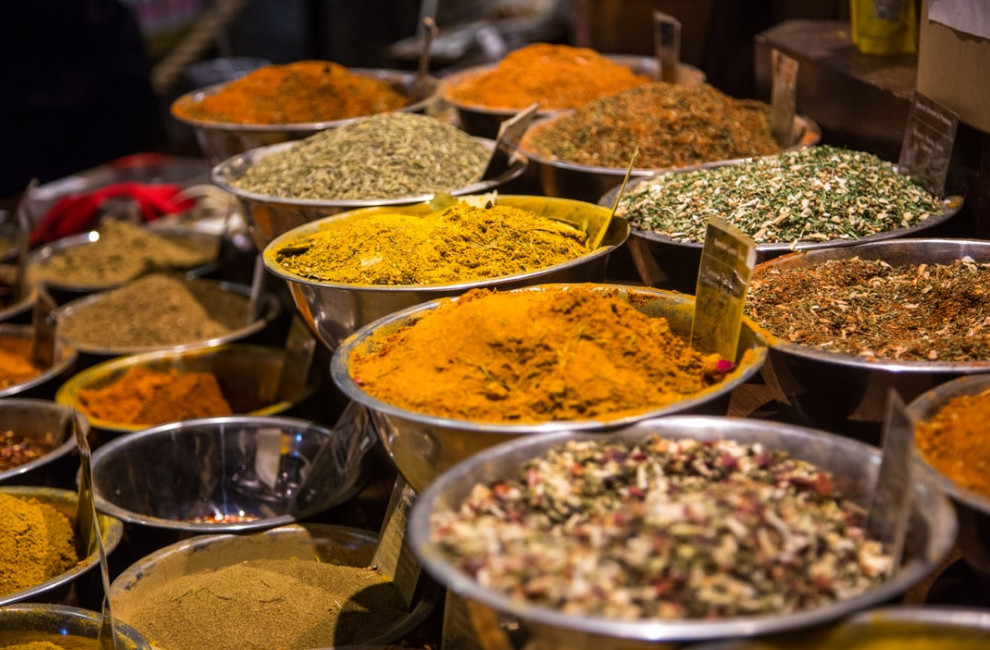
Ending the Day on a Starfish Beach or a Night Fishing Trip
One afternoon, I joined a local guide who took us out to a shallow blue lagoon near Michamvi, where red and orange starfish dotted the sand like confetti. We didn’t see another tourist. It was quiet, warm, and somehow unreal.
Another night, I went night fishing with two locals from a nearby village. We used hand lines and lanterns, and pulled in a few small fish that we grilled right on the shore. It wasn’t fancy, but I still think about that peaceful silence on the water, broken only by the splash of a line or someone laughing softly in Swahili.
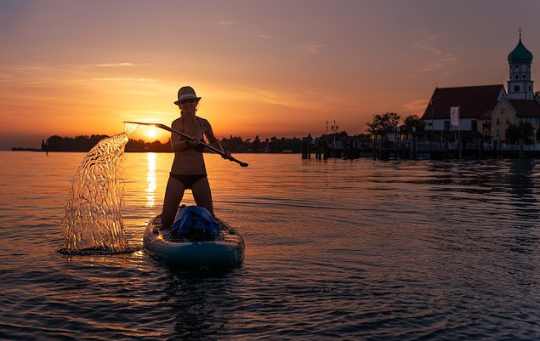
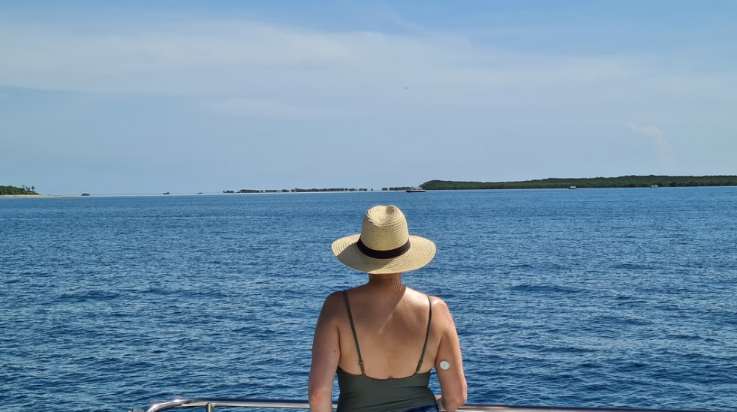
Shopping for Handmade Treasures
If you’re into browsing markets and picking up something unique, Zanzibar is a great place to do it, especially outside the big souvenir shops.
In Stone Town, I found a tucked-away workshop where I bought a charming hand-carved chessboard that still makes me smile every time I use it.
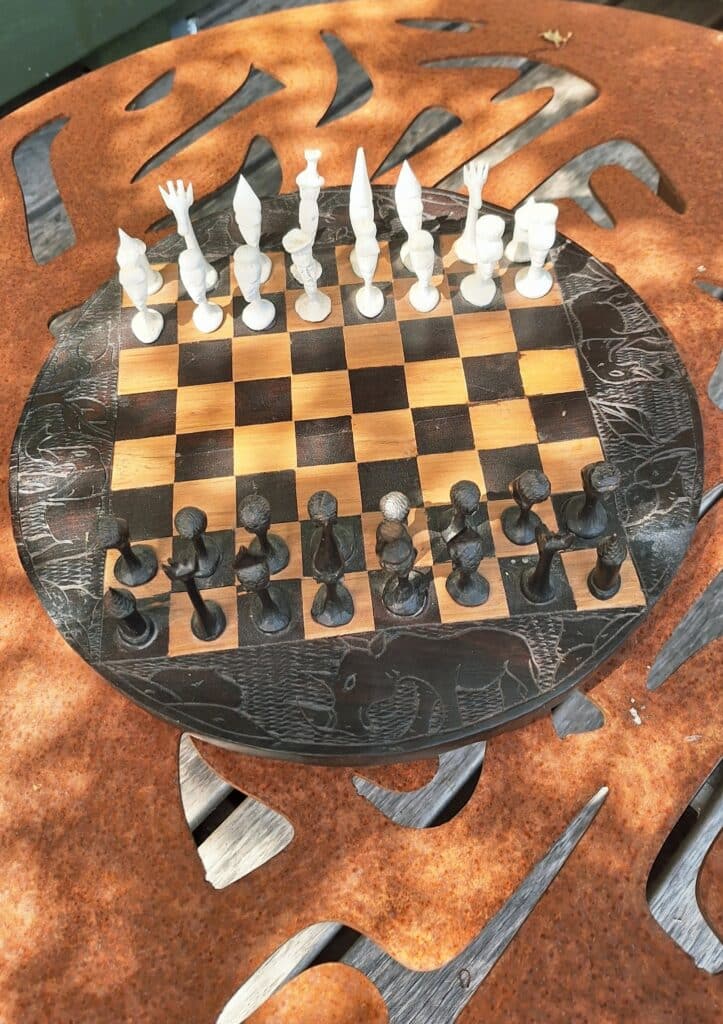
The shop owner told me it took days to make, and each square had a story behind it. You’ll also find fabrics, handmade sandals, woven baskets, and colorful paintings sold directly by the people who made them. Just be ready to chat, bargain a little, and learn where each item comes from.
Drive around the island by bike!
One of the nicest ways to see the island is by bike. In the quieter villages and along the coast, it’s easy to rent a simple bicycle and go at your own pace.
I biked between Jambiani and Paje, stopping wherever looked interesting—a roadside fruit stand, a quiet beach, or a group of kids kicking a ball around. It’s slow travel in the best way.
The roads can be bumpy, but the freedom to explore small paths and talk to people along the way made it totally worth it.
Organizations like Bikezanzibar give you real bike experiences.
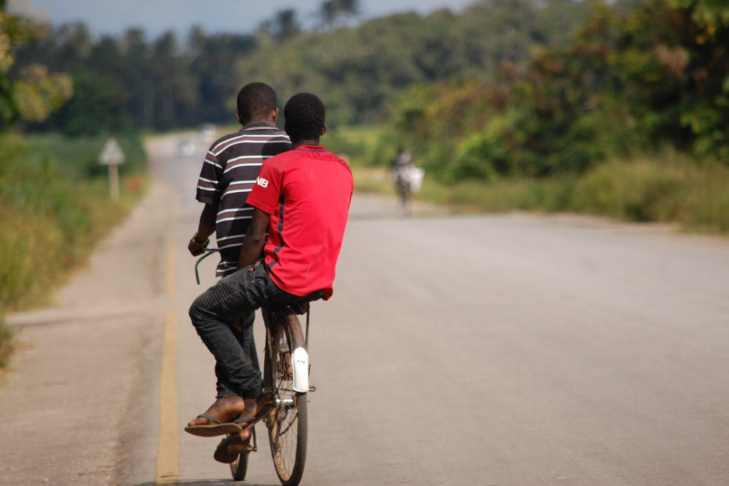
Zanzibar has festivals, yay!
There are more, but these 3 are the most known:
- festival number 1: Sauti za Busara.
This Swahili music festival is the best-known in East Africa, the biggest one, and it takes place in February. This festival has many different styles of music, from dance and theatre, to traditional taarab to hip-hop. - festival number 2: Zanzibar International Film Festival.
Taking place in July, Stone Town has a terrific film festival with movies, of course, conferences, typical dances, and other arts. This festival is enjoyed very much by tourists. - festival number 3: Watersports festival and dhow race.
This beach and watersports festival, every year in September, is one full of culture and music and beach life, for 3 days. It is taking place in Jambiani. This festival is organized by volunteers from local organizations, individuals, hotels and village groups.
My Final Conclusion.
Zanzibar is more than beach towels and spice tours. If you take your time, say yes to small invitations, and stay curious, you’ll see a side of the island that most visitors miss entirely.
These were the moments that stayed with me, not the big attractions, but the quiet ones. And if you’re looking to connect more deeply with the places you travel, this island has plenty to offer, as long as you’re not in a rush.
I wish you happy travels!
Kind regards,
Lizzy
I now have a YouTube channel as well!
YouTube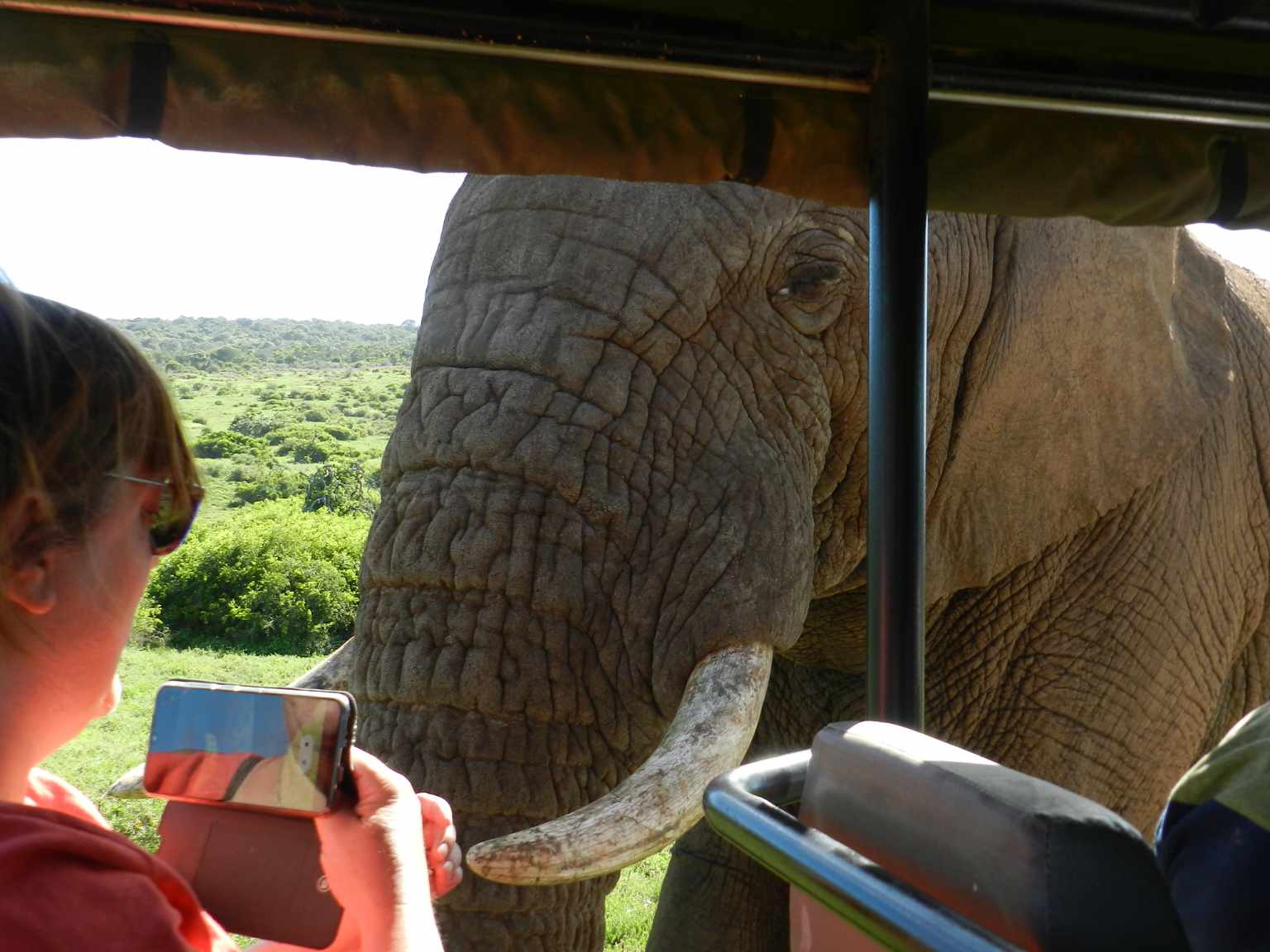
Hello Africa travellers!
Who am I? Well, the least you can say is that I am quite crazy about Africa, its nature, its climate, its culture, and more.
As a young woman in my twenties, I had already traveled to several African countries by traveling along in an overlander on my own and mostly camping ( or glamping ) and just fell in love with the diversity of it all.
So much, so that at the age of 26, I went back to university to study biology, which, unfortunately, I couldn’t finish because of health reasons (yes, I got sick from a tropical disease, oh cynicism). But this did not stop my dream of traveling back to Africa several times, and I still do.
My dream was back then to leave Europe and go study animal behavior, especially the elephants (sure, that’s every girl’s dream haha), but I am also very much intrigued by hyenas and other “ugly African animals“.
So, I “kind of” have a little bit of a scientific approach to my articles, when I write about African birds, for example. And most of all: the passion.
But life goes on, you move from one side of the country to the other, you get sick again and top it off with lower back problems, and before you know it, you are over 50 hahaha!
Now, I still travel to Africa, but take it a bit “easier” than the good old camping days, and stay in comfortable, yet affordable accommodations, together with my husband Wouter.
These are some of the countries I have traveled to: Kenya, Tanzania, Zanzibar, Malawi, Zambia, Zimbabwe, South Africa, Namibia, Botswana, Tunisia, and a little bit of Lesotho LOL .
While clearly not being African territory, but Spanish, I also visited Gran Canaria and Tenerife, and location-wise, I consider them “African”, because of their climate and nature, sue me :-p
The last trip I took was to South Africa in the year 2023, and it sure got the fevers for Africa back! From the Barberton mountains to the Drakensberg and the Southcoast, one month wasn’t enough at all to see the whole country, so we’ll be back! At ease and with a little bit more luxury than in my younger days haha!
I wish you happy travels!
Kind regards
Lizzy









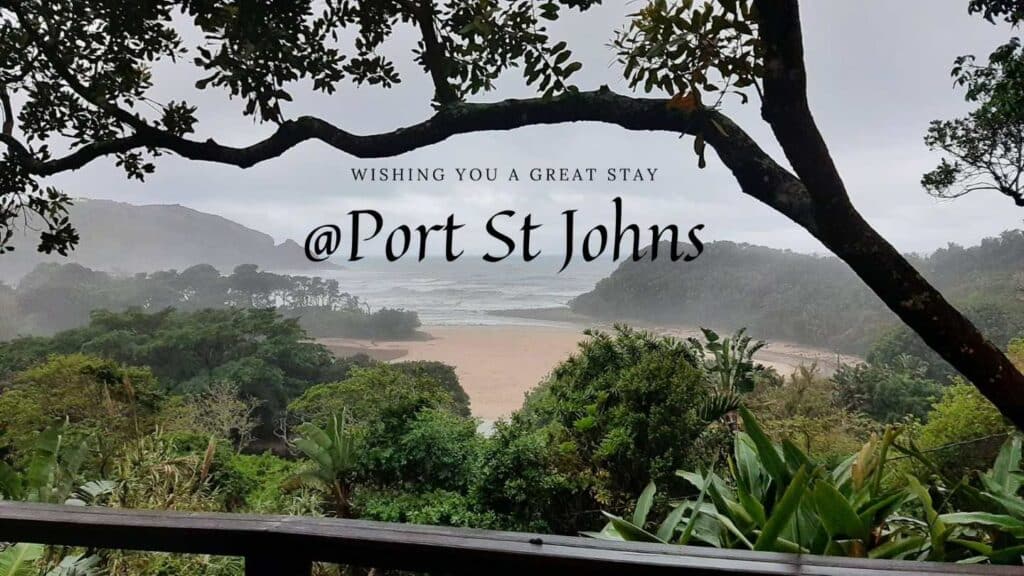

Wow! Zanzibar Island looks like an incredible place to spend a dreamy vacation!
I appreciate the quick history lesson which makes the appeal of traveling to Zanzibar Island even stronger. From the spices, to the music, to exploring Stone Town, shopping, dining, and visiting the beautiful beaches, this looks like paradise!
What is the best time of year to visit? When is the peak season for tourists?
It sure is a lovely place, isn’t it?
About your questions:
– the best time to visit Zanzibar island would be during the dry season there: from July to September
– The months of June to October are regarded as the peak months to travel to Zanzibar
Have a good time Aly on Zanzibar island!
Kind regards,
Lizzy
This is wonderful! I learn something new every day. I had never heard of Zanzibar Island. Is it close to the Canary Islands by chance? I have been to the Canary Islands, and it was like paradise. The winds were pretty strong though, so I am curious if Zanzibar has strong winds there as well from the trade winds off the coast of Africa?
Hi Leahrae,
I am happy that you have learned about Zanzibar now, it really is a lovely place to stay!
About your question, it is not close to the Canary Islands at all, it is on the other side of Africa 😉 The Canary Islands are on the west coast, Zanzibar is on the east coast, and it is merged with Tanzania.
I don’t remember it being very windy no, and I don’t think it has hardly been affected by cyclones or any kind of other heavy weather, luckily;-)
Happy travels!
Kind regards,
Lizzy